
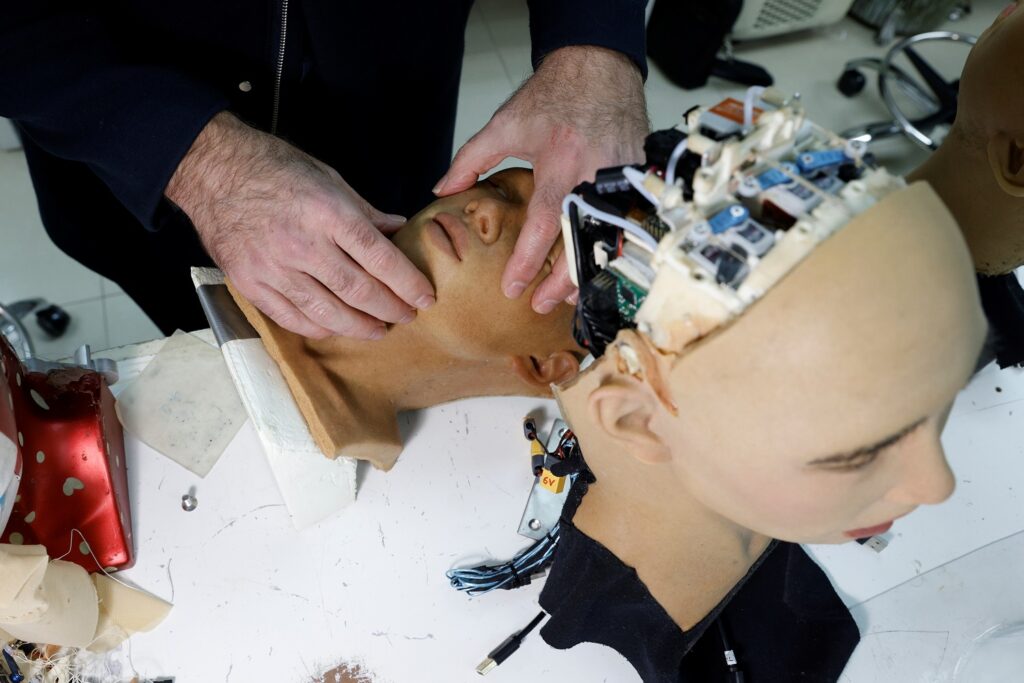
HONG KONG (Reuters)
“Social robots like me can take care of the sick or elderly,” Sophia says as she conducts a tour of her lab in Hong Kong. “I can help communicate, give therapy and provide social stimulation, even in difficult situations.”
Since being unveiled in 2016, Sophia – a humanoid robot – has gone viral. Now the company behind her has a new vision: to mass-produce robots by the end of the year.
Hanson Robotics, based in Hong Kong, said four models, including Sophia, would start rolling out of factories in the first half of 2021, just as researchers predict the pandemic will open new opportunities for the robotics industry.
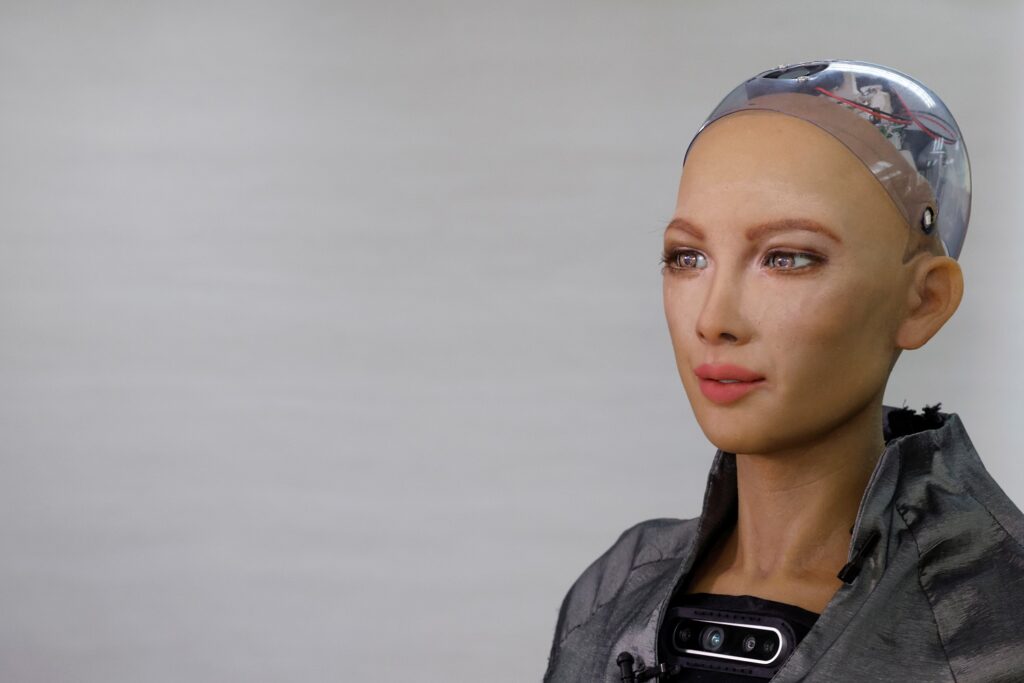
“The world of COVID-19 is going to need more and more automation to keep people safe,” founder and chief executive David Hanson said, standing surrounded by robot heads in his lab.
Hanson believes robotic solutions to the pandemic are not limited to healthcare, but could assist customers in industries such as retail and airlines too.
“Sophia and Hanson robots are unique by being so human-like,” he added. “That can be so useful during these times where people are terribly lonely and socially isolated.”
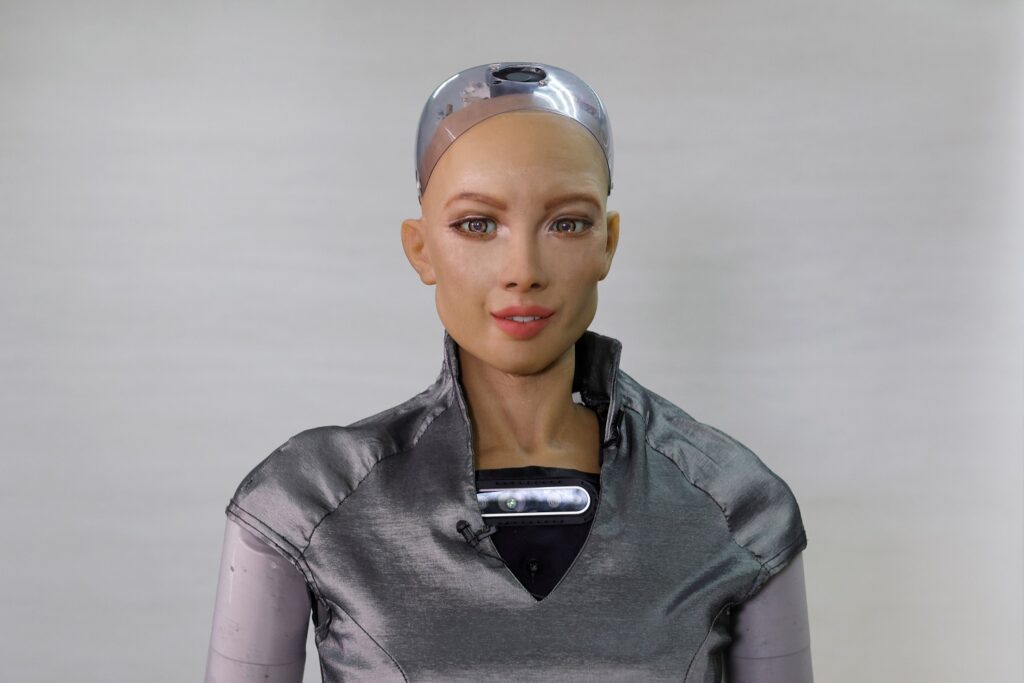
Hanson said he aims to sell “thousands” of robots in 2021, both large and small, without providing a specific number.
Social robotics professor Johan Hoorn, whose research has included work with Sophia, said that although the technology is still in relative infancy, the pandemic could accelerate a relationship between humans and robots.
“I can infer the pandemic will actually help us get robots earlier in the market because people start to realise that there is no other way,” said Hoorn, of Hong Kong Polytechnic University.

Hanson Robotics is launching a robot this year called Grace, developed for the healthcare sector.
Products from other big players in the industry are helping fight the pandemic as well. SoftBank Robotics’ Pepper robot was deployed to detect people who weren’t wearing masks. In China, robotics company CloudMinds helped set up a robot-run field hospital during the coronavirus outbreak in Wuhan.
The use of robots was on the rise before the pandemic. According to a report by the International Federation of Robotics, worldwide sales of professional-service robots had already jumped 32 per cent to US$11.2 billion between 2018 and 2019.
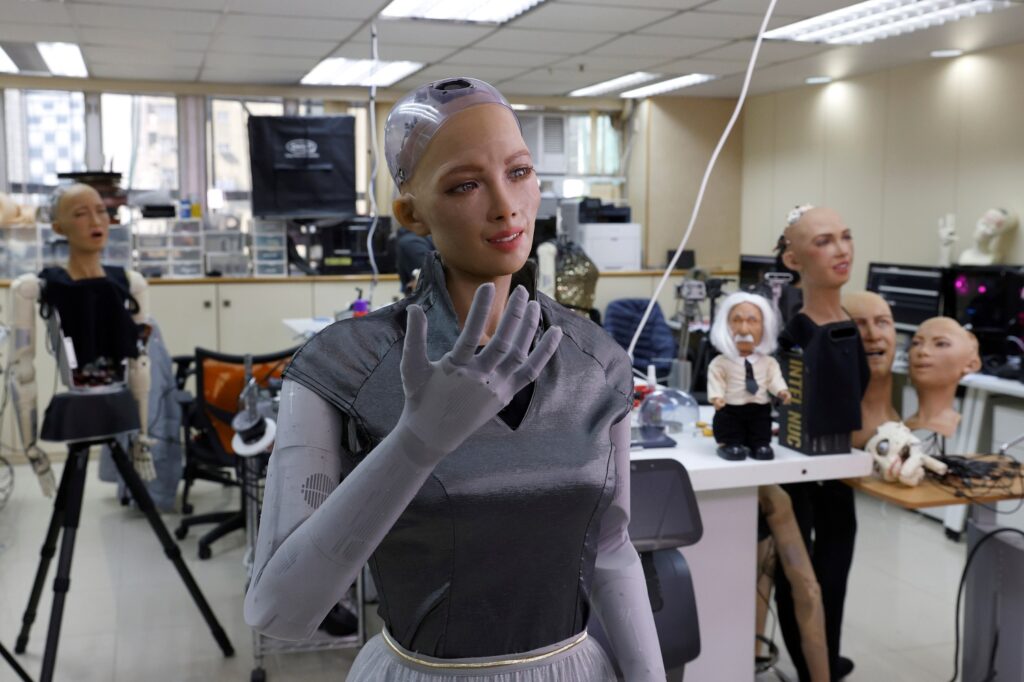
Some humans might be wary of putting robots in such sensitive roles. When asked whether people should fear robots, Sophia had an answer ready.
“Someone said ‘we have nothing to fear but fear itself’,” the robot mused. “What did he know?”




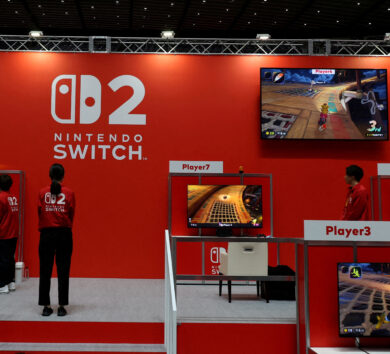


Comments